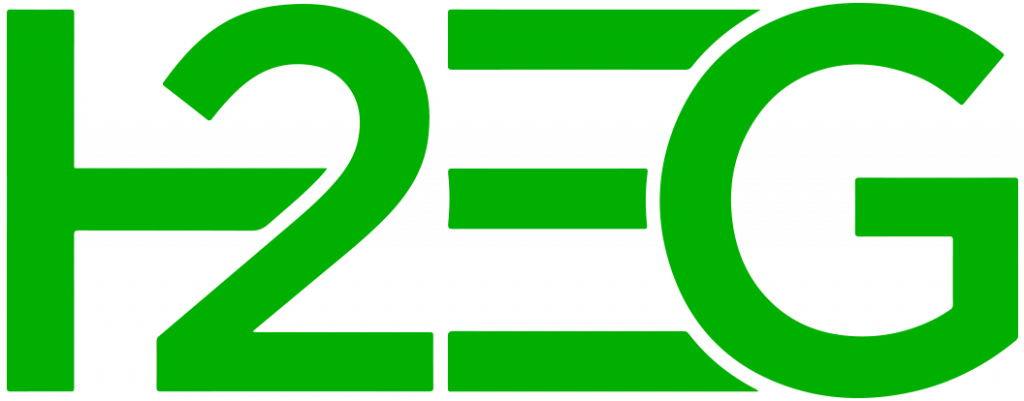
The South Chungcheong province aims to produce 1.2 million tonnes of hydrogen per year, build 10 hydrogen-mixed power plants totalling 20GW, develop 200 new companies, supply 50,000 cars and install 180 hydrogen refuelling sites.
During the 7th Hydrogen Energy International Forum held this week, the province signed agreements with 19 institutions, companies and universities to advance the initiative.
Subsidiaries of industrial gas and industry majors, including Linde Korea, Lotte Chemical, Hanwha Impact, Hanwha TotalEnergies, Hyundai Oilbank, and SK Innovation, signed agreements to help build out hydrogen production, power generation, and infrastructure.
Alongside local governments, universities, and power generators, H2 View understands that the companies will support the conversion of coal-fired plants to hydrogen and ammonia, in addition to the infrastructure, R&D and workforce development planned.
Chungnam’s Governor Kim Tae-heum claimed the west coast province must transition away from coal and other high-carbon industries to hydrogen and ammonia power generation.
“The west coast of Chungcheongnam-do is stigmatised as the nation’s number one carbon emitter due to the concentration of high-carbon industries such as coal-fired power, steelmaking, and petrochemicals,” he told local news.
“To cope with carbon neutrality, which is a task of the times, and to cope with the surge in electricity demand due to the AI era, we will actively create a hydrogen industry belt on the west coast as the most urgent task.”
According to the International Energy Agency (IEA), South Korea remains among Asia’s top carbon emitters, releasing 549 million tonnes of CO₂ from fuel combustion in 2022 – a 32% increase since 2000.
Coal alone accounted for 49% of Korea’s energy-related emissions, with electricity and heat producers responsible for 52% of the total.
The initiative in Chungnam is ambitious, but potentially feasible. Large-scale production and 20GW power conversion hinge on costly imports and future cost declines, but strong political backing will be decisive.
Available now – South Korea Pulse Report
To get a crystallised view on what’s driving growth and development in South Korea in 2025, suppliers, customers and interested parties can now access gasworld Intelligence’s South Korea Pulse report.
Find out about the latest data and trends to help you in your commercial decision making, with gasworld’s 20-year industry expertise distilled into a highly targeted, data-rich snapshot.
More information on the South Korea Pulse Report can be found here.

